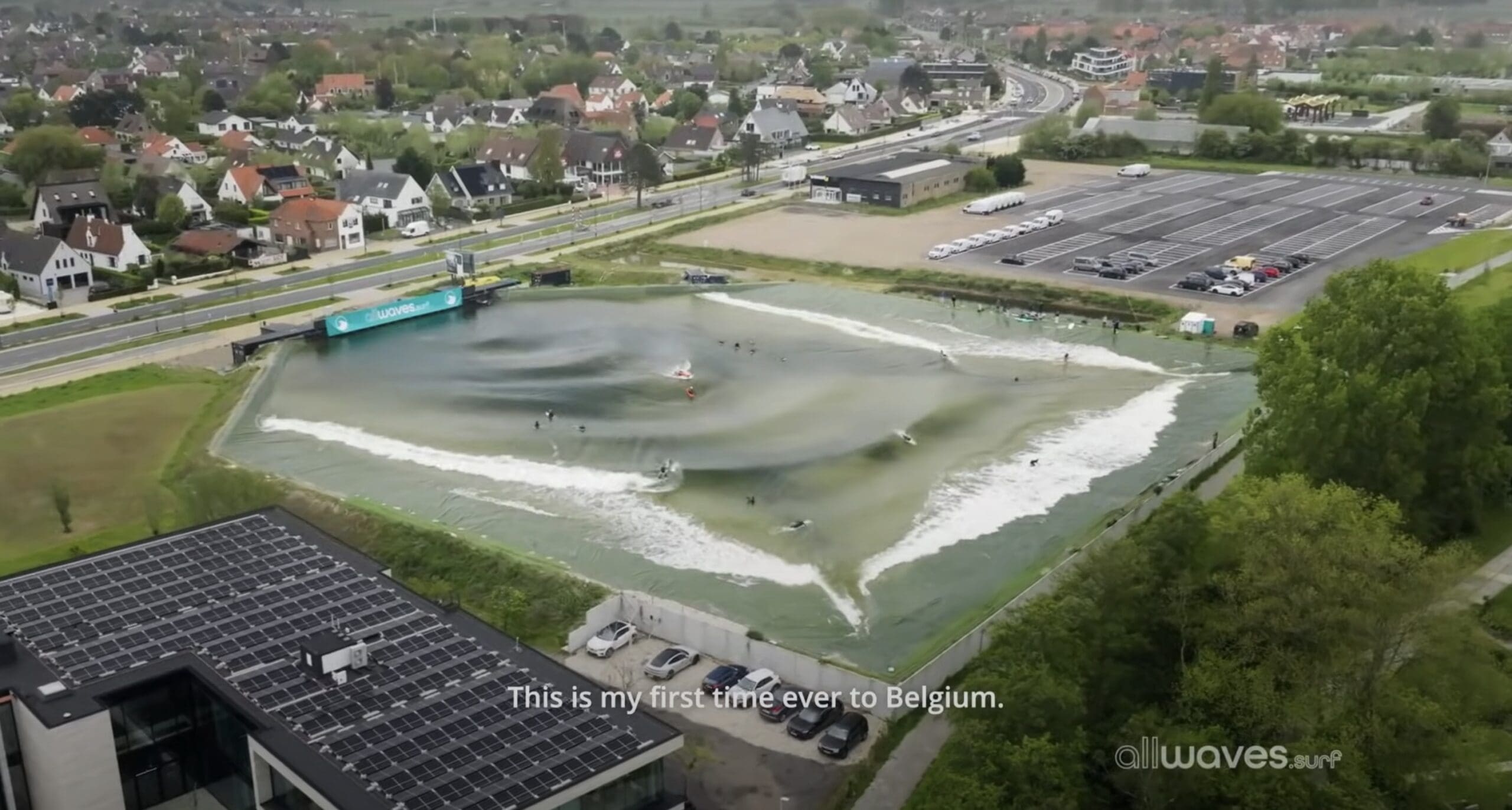As temperatures rise, the Khumbu Icefall on Mount Everest becomes increasingly dangerous. The 2.6km sheet of slow-moving ice is filled with large ice blocks known as seracs and deep crevasses, making it a treacherous climb for those attempting to reach Camp 1 via the South Col route. Due to its unstable conditions, the Icefall Doctors must work tirelessly each year to plot a safe passage through the icefall.
Climate change has already had a significant impact on the stability of the Khumbu Icefall, leading to increased risks of avalanches and falling ice. This year’s climbing season on Everest was delayed by 12 days due to unsafe conditions in the icefall. Climatologist and Mount Everest researcher Paul Mayewski from the University of Maine predicts that these dangers will only worsen as global temperatures continue to rise.
The movement of the Khumbu Icefall results in deep crevasses and deadly avalanches, making it one of the most hazardous parts of climbing Mount Everest. Over time, numerous climbers have lost their lives due to accidents like falling into crevasses or being hit by avalanches while navigating this treacherous terrain. The Icefall Doctors play an essential role in identifying and scouting the safest route through this dangerous region each climbing season.
The effects of climate change are not limited to just the Khumbu Icefall on Mount Everest; they are evident across all aspects of glaciers and snowpacks worldwide. For example, Mayewski’s research shows that one-third of South Col’s highest glacier has disappeared in recent decades due to melting caused by rising temperatures. This erosion is leading to more frequent and severe avalanches that pose even greater risks for climbers attempting to conquer this majestic peak.
Despite these increased risks associated with climate change, Mayewski believes that climbers will still be able to conquer Mount Everest in the future with proper planning and safety measures in place


